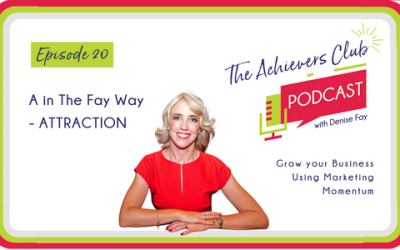 A paragraph is a group of sentences that develop an idea. It can also be part of an extended idea. A document is made up of several paragraphs. Mastering the art of paragraph writing will make writing easier and more effective.
A paragraph is a group of sentences that develop an idea. It can also be part of an extended idea. A document is made up of several paragraphs. Mastering the art of paragraph writing will make writing easier and more effective.
There are a few steps to writing a successful paragraph. Often when you begin writing, ideas start to flow. This is great for creativity purposes but in order for a paragraph to make sense to the reader, it should be focused. By all means write the ideas down as they come but when editing the paragraph, follow these three steps.
Three Steps to Successful Paragraphs
1. Decide on the Topic Sentence
Paragraph development begins with planning. Once you have decided the objective of your document, you should break it down into chunks.
These ‘chunks’ or paragraphs need their own focus. Enter the topic sentence. The topic sentence defines what can be included (or not) in the paragraph. It is generally one sentence and is placed at the beginning of the paragraph. In essence, it tells your reader what the paragraph will be about. It will also help you to avoid ‘noise’ – writing irrelevant details which distract the reader from the main point.
Fabienne Fredrickson of Client Attraction always begins her paragraph with a topic sentence. In addition, she also highlights it so the reader gets the point straight-away and then decide to read further.
 2. Back up Your Topic with Support
2. Back up Your Topic with Support
Substantiating your idea or topic with facts or explanations is often overlooked but very important for a number of reasons.
a. It supports the point you are making.
b. It creates further interest in your paragraph (and document).
c. It helps you write a concluding statement.
d. It can lead the reader to the next paragraph.
Paddy Gahan, writing on the business blogging community Bloggertone, recently wrote an article about ‘Overpaying the Government in Taxes.’ It is a great example of how a topic sentence is supported within the paragraph.
In the first paragraph, his topic sentence is that income tax is the largest expense a small business owner can encounter. It explains that it is larger than the cost of their home or putting the kids through college. This sentence puts the first sentence into perspective and compels you to read more. (if only through shock!)

3. Write a Concluding Statement
With every good story, there is a beginning, a middle and an end. Your paragraph should finish with a concluding statement. A concluding statement can have three aims:
a. It summarises the points you made within the paragraph
b. It ties up any loose ends made within the paragraph.
c. It can lead the reader into the next paragraph by introducing the topic in the next paragraph.
I’m a huge fan of Chris Cardell of Cardell Media. His style of concluding statement is to get you to read to the next paragraph.
Careful planning before writing makes your document flow. What I want you to do for homework for today is to
1. Click onto your website home page (or latest blog post)
2. Look at the first three paragraphs
Then ask yourself:
3. Does it have a topic sentence?
4. What are you trying to say?
5. Does it compel the reader to read more?
6. Does it have a concluding statement?
If not, then you should apply this three step process to your home page copy and change around the text.









Pingback: BizSugar.com